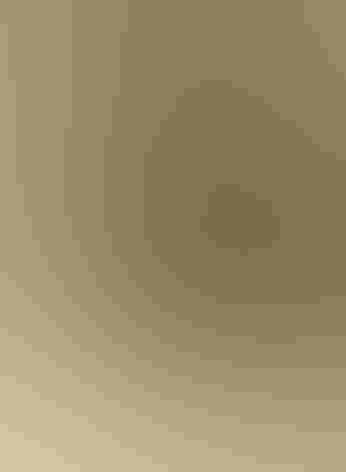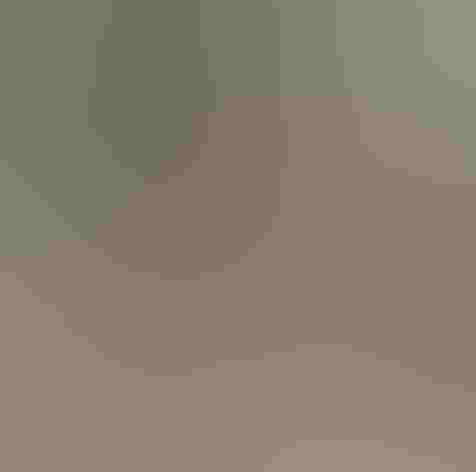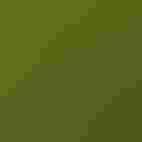Pileated Woodpecker
At a Glance
A big, dashing bird with a flaming crest, the Pileated Woodpecker is the largest extant woodpecker in North America. Excavating deep into rotten wood to get at the nests of carpenter ants, the Pileated Woodpecker leaves characteristic rectangular holes in dead trees. This species became rare in eastern North America with the clearing of forests in centuries past, but has gradually increased in numbers again since about the beginning of the 20th century. Where unmolested, it even lives in parks and woodlots around the edges of large cities.
All bird guide text and rangemaps adapted from Lives of North American Birds by Kenn Kaufman© 1996, used by permission of Houghton Mifflin Harcourt Publishing Company. All rights reserved.
Category
Picidae, Woodpeckers, Tree-clinging Birds, Woodpeckers
IUCN Status
Least Concern
Habitat
Forests and Woodlands, Freshwater Wetlands, High Mountains, Shrublands, Savannas, and Thickets
Region
Alaska and The North, California, Eastern Canada, Florida, Great Lakes, Mid Atlantic, New England, Northwest, Plains, Rocky Mountains, Southeast, Southwest, Texas, Western Canada
Behavior
Direct Flight, Undulating
Population
2.600.000
Range & Identification
Migration & Range Maps
Permanent resident, but individuals sometimes wander far from breeding areas.
Description
Both sexes — Length: 16–19 in (40–49 cm); wingspan: 2 ft 2 in–2 ft 5 in (66–75 cm); weight: 8.8–12.3 oz (250–350 g). The Pileated Woodpecker is very large, mostly black, with a red crest and a white neck stripe. White under wings flashes in flight. Forehead and mustache red on male, black on female.
Size
About the size of a Crow
Color
Black, Red, White
Wing Shape
Broad, Rounded
Tail Shape
Multi-pointed, Wedge-shaped
Songs and Calls
A loud, flicker-like cuk-cuk-cuk-cuk-cuk, rising and then falling in pitch and volume.
Call Pattern
Flat, Rising
Call Type
Chirp/Chip, Drum, Scream
Habitat
Conifer, mixed, and hardwood forests; woodlots. The Pileated Woodpecker favors mature deciduous or mixed deciduous-coniferous forest, as well as coniferous forest. A wide variety of specific forest types, from southern swamps to the old-growth Douglas-fir forest of the northwest. Also in second-growth and fragmented woodlots, as long as some large trees are present.
Sign up for Audubon's newsletter to learn more about birds like the Pileated Woodpecker
Behavior
Eggs
3-5. White. Incubation is by both sexes (male incubating at night and part of day), about 18 days.
Young
Both parents feed nestlings, by regurgitation. Young leave nest 26-28 days after hatching, may remain with parents 2-3 months.
Feeding Behavior
Forages mainly by probing, prying, and excavating in dead wood in search of insects. The Pileated Woodpecker may gouge deep holes in rotten wood to get at ant nests, sometimes tearing apart stumps and big sections of fallen logs. May clamber about acrobatically in small branches to get at berries.
Diet
Mostly ants and other insects, as well as fruits and nuts. Carpenter ants may be up to 60% of the Pileated Woodpecker's diet; they also eat other ants (rarely digging into anthills on the ground), termites, larvae of wood-boring beetles, and other insects. About one-quarter of the diet may be wild fruits, berries, and nuts.
Nesting
Territory is defended with loud drumming and ringing calls. Courtship displays include spreading wings (showing off white wing patch), raising crest, swinging head back and forth, gliding display flight. At prospective nest site, both sexes may tap or drum on wood. Nest site is a cavity in a dead tree or in dead branch of a live tree, sometimes in utility pole, usually 15-80 ft above ground. Generally makes a new cavity each year, with both sexes helping to excavate.
Conservation
Conservation Status
Numbers in the eastern United States declined sharply in the 18th and 19th centuries, as the eastern forests were cleared. Since about 1900, the Pileated Woodpecker has experienced a gradual comeback, becoming common again in some areas. May be adapting to second-growth woods and the proximity of humans.
Climate Threats Facing the Pileated Woodpecker
Choose a temperature scenario below to see which threats will affect this species as warming increases. The same climate change-driven threats that put birds at risk will affect other wildlife and people, too.














